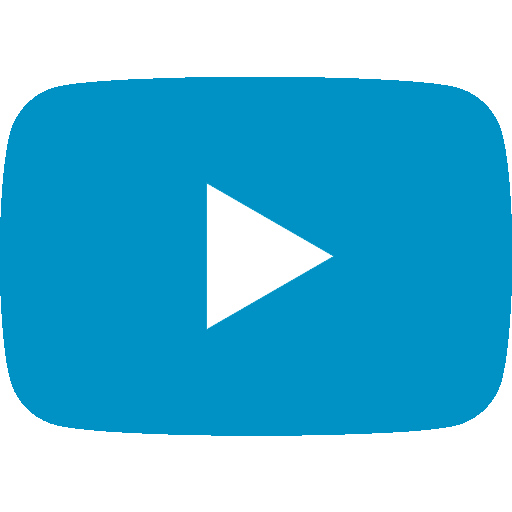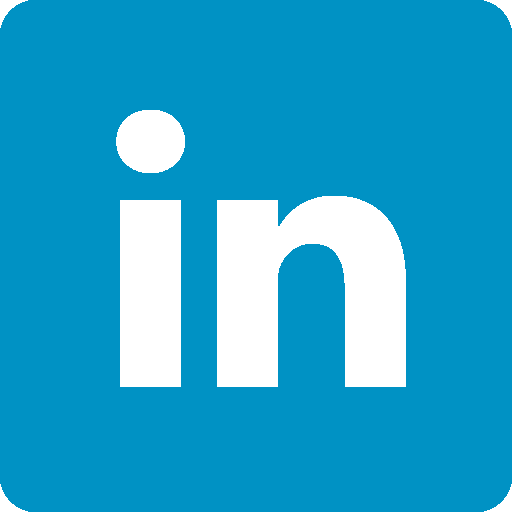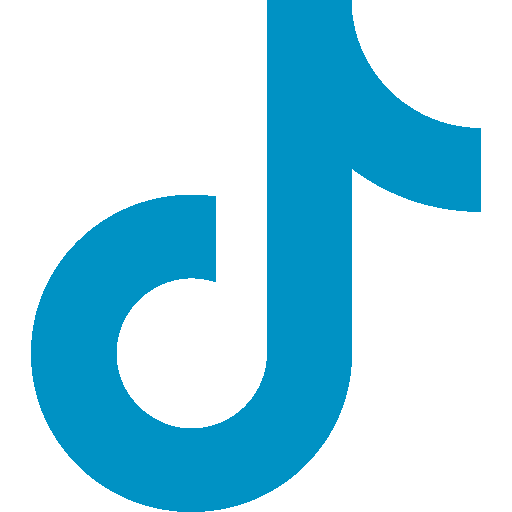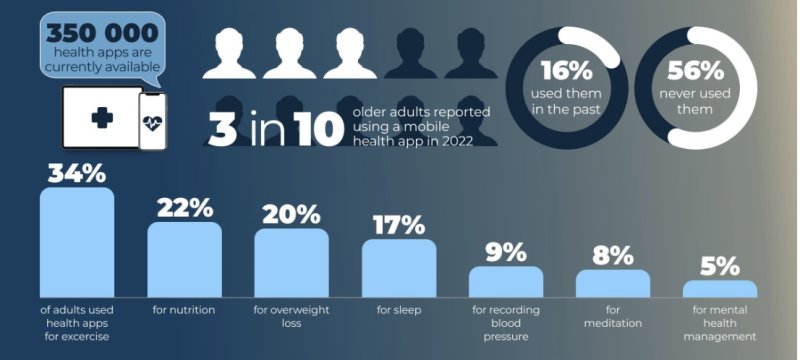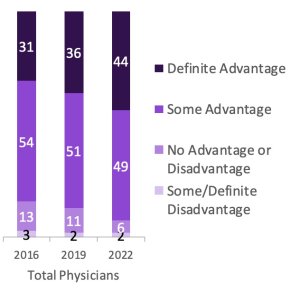Getting comfortable with health technology isn’t really scary
If you ask for help while using a parking app, setting up your TV or scheduling a doctor’s appointment online – or if you use the word “password” as your actual password – you may need to more fully embrace technology.
Like senior moments of forgetfulness or repetition of bad jokes, lagging tech skills are something your adult children probably joke about on their ride home or in chats at the playground with other parents – or maybe worry about a little bit.
But being tech savvy is increasingly essential for everything from dog grooming appointments to getting help quickly if you fall. And, as scary as artificial intelligence may sound, it can help us get critical and noncritical information (What was Maxwell Smart’s real name and is he dead?), as well as organize fleeting thoughts or let someone know we need help.
Laurie Orlov hosts a website (ageinplacetech.com) with an exhaustive array of information on the intersection of tech and health. She said many seniors are doing a better job staying current, in part thanks to the pandemic, when we learned to zoom and bicker with Amazon chatbots.
“Seniors want to communicate with grandchildren and stream TV,” she said. “But increasingly, it is critical for one other thing: their health.”
Tekia Lee, director of Dover BAYADA at Bayhealth, which offers home health care, said seniors should embrace telehealth, especially in areas like Sussex County where a large and growing population of retirees is outpacing the supply of doctors.
“Both virtual and home health appointments can ensure seniors get timely care, particularly those with limited mobility,” said Lee. “Our nurses can assist clients with various technologies, monitoring devices and basic communication tools for telehealth.”
There are platforms to help with specific health concerns, such as myAir, which tracks the effectiveness of CPAP equipment, and several that monitor pacemaker functions. Checkme Suit is a portable vital signs device providing detailed reports on a host of functions.
Researchers have shown that using a diabetes app improved hemoglobin and blood sugar levels significantly over three months – and there are nearly 20 systems to choose from.
Joseph Zazworskey, BAYADA division director of clinical practice, said congestive heart failure patients can avoid frequent hospitalization with remote monitoring. Also, a third of Bayada’s patients require wound care, and he said video technology allows the whole care team to see and guide the healing process.
“Patients want to stay out of the hospital, and combining home health care with new technologies helps them do that,” he said. “Being able to send messages and get test results electronically – even meet by video – can be a lot faster than getting a doctor on the phone or an in-person appointment.
“The next generation of wearable devices will be able to monitor your health on the go. A phone app will monitor your activity level, risks, disease exacerbation and changes in your condition,” Zazworskey said.
The National Council on Aging has Medical Guardian as its top fall-detection device choice, but also praised Bay Alarm Medical, Mobile Help and LifeFone. Lots of good info on falls is available at the NCOA website.
“Homes with sensors now can detect lack of movement or falls and directly communicate with hospitals, caregivers and doctors,” Orlov said.
Ana-Maria Vranceanu, a Harvard researcher, said wearable health trackers like the Apple Watch, Fitbit and Garmin can monitor heart rate, steps and sleep, and report falls. SilverSneakers offers online fitness classes.
At night, you can track your sleep accurately and easily with an Apple Watch and your iPhone, but the New York Times also recommends SleepScore or Sleep Cycle for all devices.
“Also, AI can help with cognitive activity, or act as memory support or gather information,” Vranceanu said. “It can even support setting up technologies like health trackers or transportation apps, which can get nondrivers to appointments.”
Free AI platforms like Claude, ChatGPT and Google Gemini are easy to use, and an AI-based platform called Care Daily can detect if a family member got out of bed, took medicine, turned off the stove or interacted with other people.
Hearing aids are getting more sophisticated and increasingly addressing the nettlesome problem of background noise. Now your phone also can link to Apple AirPods Pro 2 for a basic hearing boost. A table microphone can allow users to focus on the primary speaker, and tinnitus masking and speech enhancement technology is changing continually.
Medication can be ordered online and managed through e-pill or MedMinder, while voice-activated virtual assistants like Alexa or a cellphone can offer reminders, instead of relying on notes taped to the refrigerator door.
About insurance coverage, Zazworskey said many telehealth functions are covered, but its authorization expires this fall if it isn’t renewed.
If all this sounds confusing, Senior Planet offers classes on health tech, and Cyber-Seniors offers free tech help and classes, including about AI.
Or, you can ask for an explanation from the child who jokes about your password.





